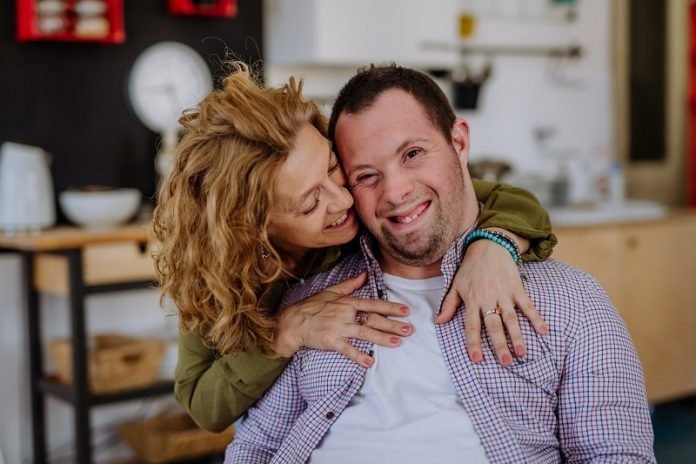
A hallmark of autism spectrum disorder, ASD, is the reluctance to make eye contact with others in natural conditions.
Although eye contact is a critically important part of everyday interactions, scientists have been limited in studying the brain basis of live social interaction with eye contact in ASD because of the inability to image the brains of two people at the same time.
In a study from Yale, scientists found specific brain areas in the dorsal parietal region of the brain associated with the social symptomatology of autism.
They used an innovative technology that enables imaging of two individuals during live and natural conditions.
The study showed that these neural responses to live face and eye contact may provide a biomarker for the diagnosis of ASD as well as provide a test of the efficacy of treatments for autism.
The team analyzed brain activity during brief social interactions between pairs of adults—each including a typical participant and one with ASD—using functional near-infrared spectroscopy, a non-invasive optical neuroimaging method.
Both participants were fitted with caps with many sensors that emitted light into the brain and also recorded changes in light signals with information about brain activity during face gaze and eye-to-eye contact.
The researchers found that during eye contact, participants with ASD had significantly reduced activity in a brain region called the dorsal parietal cortex compared to those without ASD.
Further, the more severe the overall social symptoms of ASD as measured by ADOS (Autism Diagnostic Observation Schedule, 2nd Edition) scores, the less activity was observed in this brain region.
Neural activity in these regions was synchronous among typical participants during real eye-to-eye contact but not during gaze at a video face.
This typical increase in neural coupling was not observed in ASD and is consistent with the difficulties in social interactions.
The team says they now not only have a better understanding of the neurobiology of autism and social differences but also of the underlying neural mechanisms that drive typical social connections.
If you care about autism, please read studies that strange eating habits may signal autism, and cats may help decrease anxiety for kids with autism.
For more information about health, please see recent studies about a new cause of autism, and results showing COVID-19 infection may increase the risk of type 1 diabetes in children.
The study was conducted by Joy Hirsch et al and published in the journal PLOS ONE.
Copyright © 2022 Knowridge Science Report. All rights reserved.



